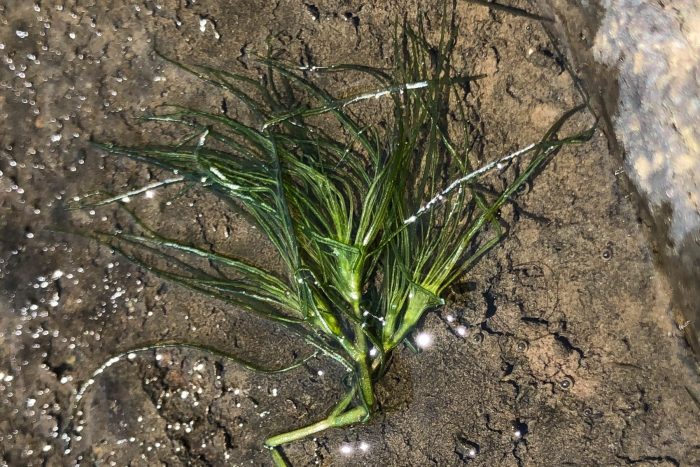Naiads
Najas spp.
Naiads are underwater grasses with short, narrow leaves along slender, branching stems. Both native and nonnative naiads grow in non-tidal fresh waters and brackish tidal portions of the Chesapeake Bay and its rivers.

